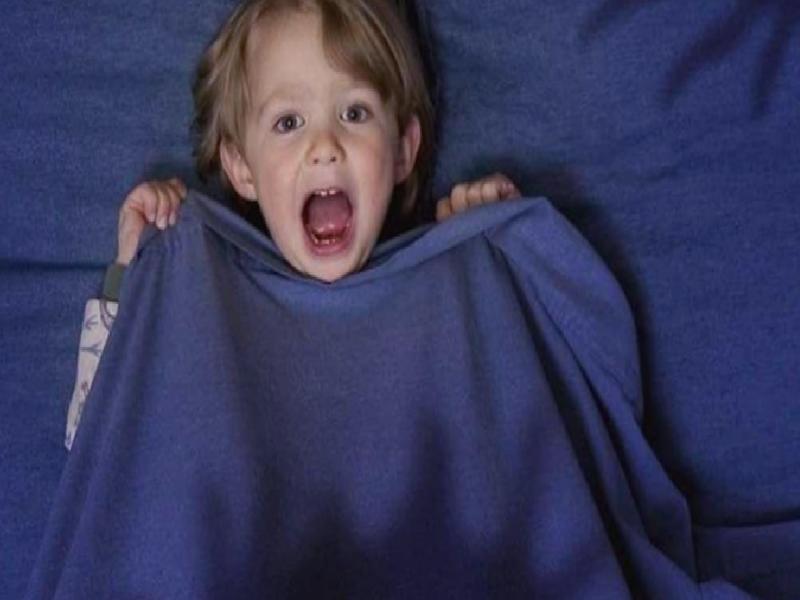Children learn to worry later. However, he starts to show his reactions when he is about four months old. These anxieties of children are certainly common at age as palpable horrors. This teaches them how to harmonize and cope with their surroundings. A child who is afraid of the heat has learned that there is danger. What concerns are normal in this situation? What are children afraid of? What should children do to overcome their anxiety?
A sense of dread arises when the idea of real danger or the possibility of danger arouses. It is a vital mechanism and in fact, it has a very valuable place beyond all feelings. Anxiety, which has an undeniable place especially for the development of children, helps them to make sense of and shape the world as what they should and should not do for their whole life. The sense of terror is shaped and evolved by the child’s growth. Certain anxieties give way to habits, teachings and experience. In this change seen over time, there are concerns specific to every period of the child’s life. These are common concerns.
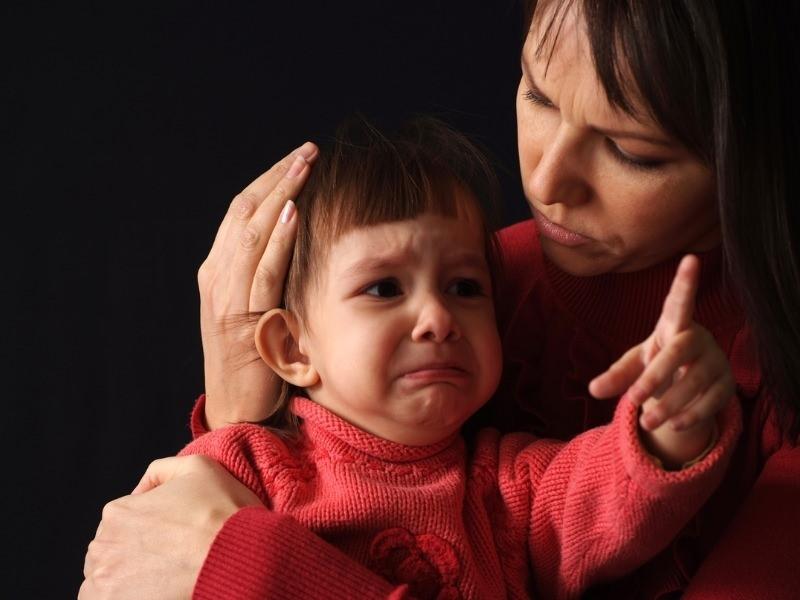
WHEN DO CHILD CONCERNS BEGIN?
It was learned that the onset of terror in children occurred with a reaction at an average age of 4 months, according to a research conducted by experts. Explaining that the child experienced two types of anxiety until the age of two, psychologists also stated that these breeds are the most natural horrors. Experts suggested that these are separation worries and foreign rush.
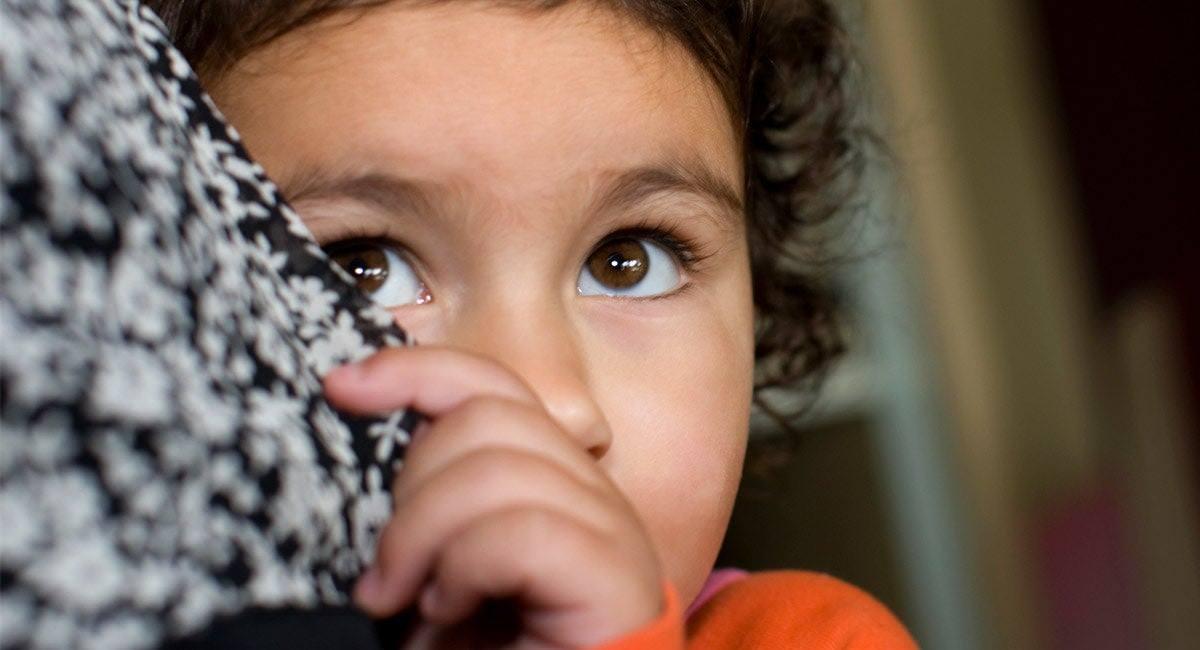
Separation Rush: Starting at 6 to 8 months in a child, 13-15. It is the type of fear that reaches the highest level in months. In this type of worry, it can be triggered and observed in life events that bring the theme of “separation” to the agenda, starting with school afterward.
Stranger’s Trouble: It is the type of terror that the baby feels towards strangers. It begins in the first half of the first year and gradually disappears until the age of 2 years.
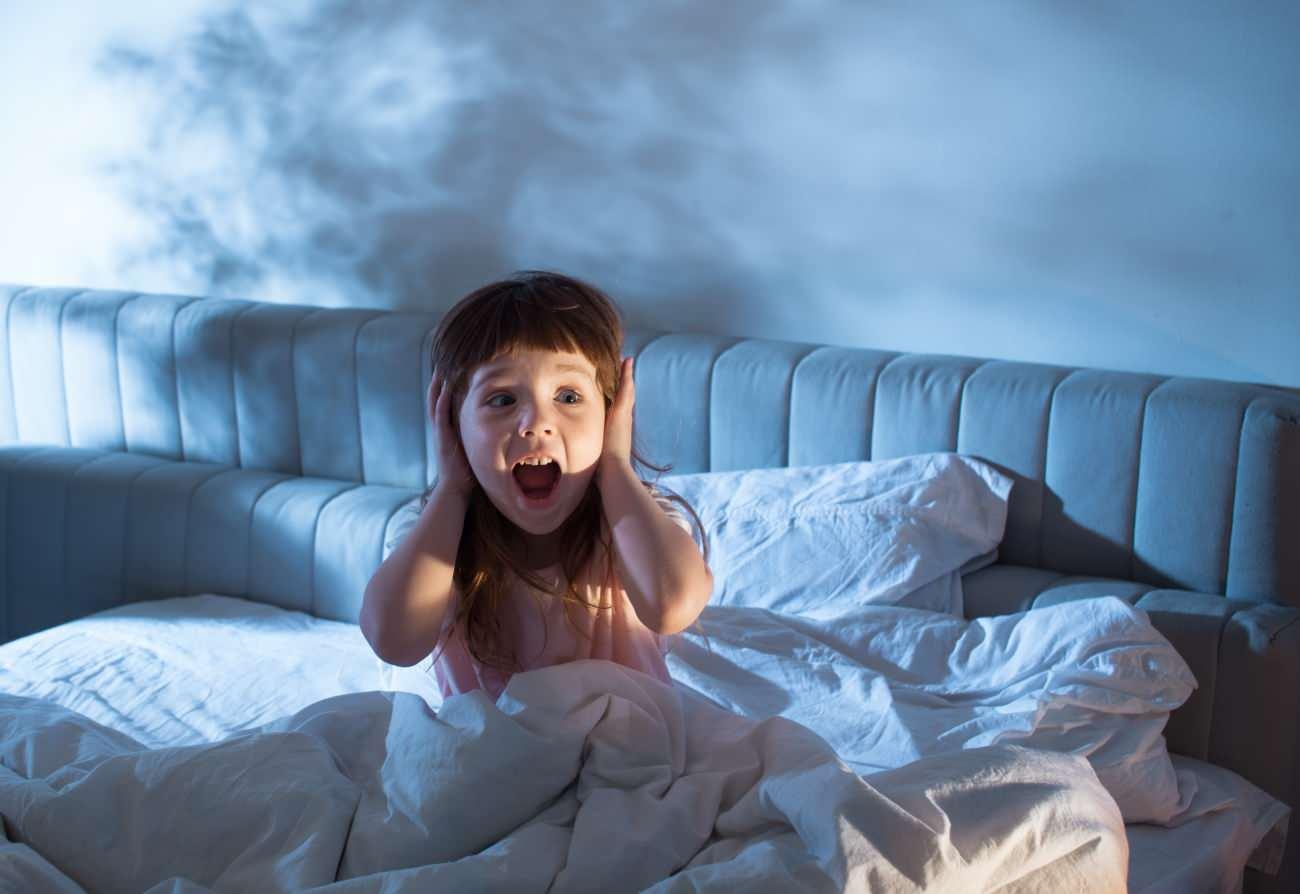
WHAT DO CHILDREN FEAR?
The most common concerns of children are separation and stranger rush, as well as sudden noise due to the formation of impulses against bodily harm, objects or creatures that they have not encountered outside of their normal life, darkness, before sleep. It was stated that these kinds of horrors actually disappear with the experience of situations that they have not experienced. On the basis of this situation, a 9-year-old child who is afraid of the sound of dogs can start to love dogs by patting his head as he gets used to it. These are types of anxiety overcome by the disclosure of uncertainty.
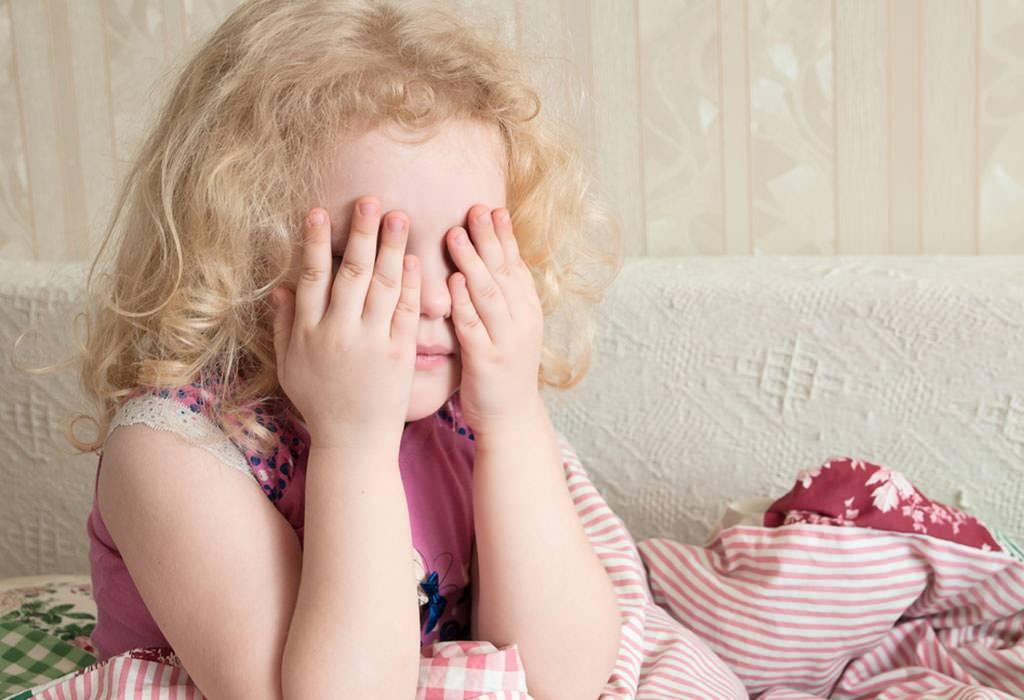
In the pre-school period, especially in the middle of 2-5 years of age, differentiation and increase in children’s anxiety are observed. For children this age, the distinction between reality and fantasy is not always obvious. The most common concerns during this period include theft, imaginary creatures, separation from parents, darkness, loneliness, darkness, heights, being in an elevator, fear of getting lost, and fear of animals.
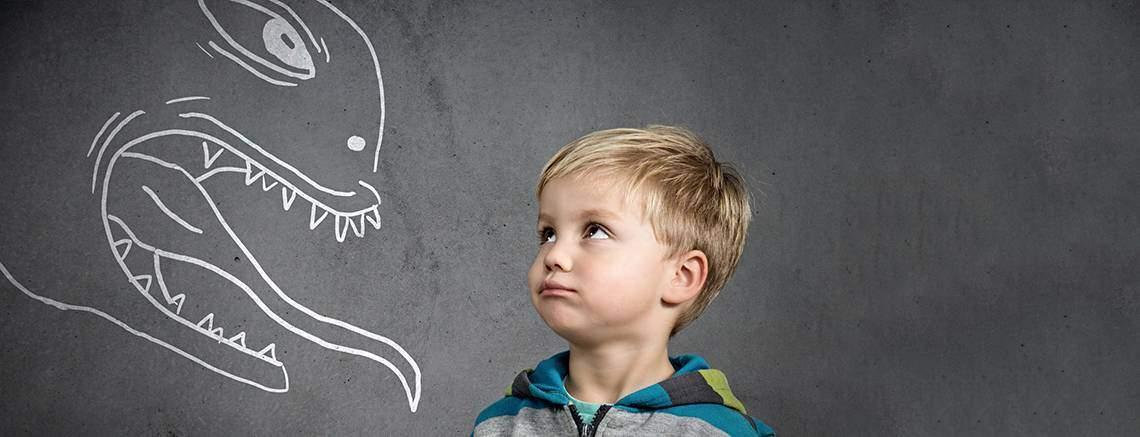
Anxiety increases in children aged 4-5 years. The inquisitive child’s mind is open to development and goes where his imagination takes him. For children this age, the distinction between reality and fantasy is not always obvious. The most common horrors during this period include the thief, imaginary creatures, separation from parents, darkness, loneliness, darkness, heights, being stuck in an elevator, fear of getting lost, and fear of animals. It has been seen that the child, who dreams of these stylistic concerns, wants to sleep with his parents. Parents should not take him with them in the face of this situation, they should not be angry. Experts should inform this situation in a very clear and understandable language that they are not real, that he will calm down and stay in his room until he falls asleep, but then return to his own bed.
Parents’ reactions to certain situations are also valuable. Children can be influenced by the example of their parents. In this case, some concerns are learned. (In order that the mother who is afraid of the dog does not let her close to the dog for her child’s defense…)

Anxiety in children is caused by environmental factors. can also be caused. Because, like other feelings, horror also emerges by trying and experiencing. In the examples given by the experts, it is experienced that the child’s feeling of anxiety towards the shouting teacher at school with the shouting of the parents. He may think that his teacher is shouting at him and start to get scared.
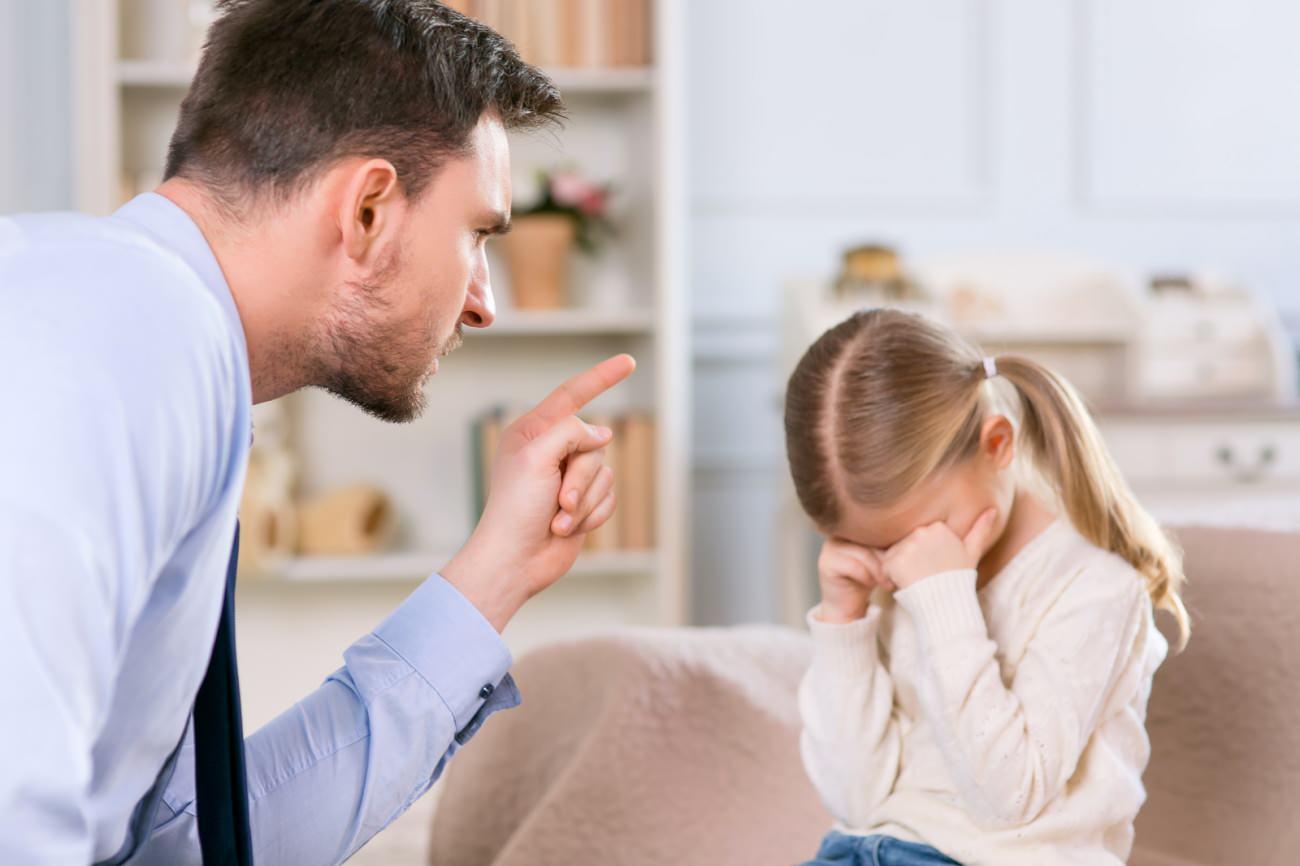
WHAT NOT TO DO TO A FEARED CHILD?
Experts who made a statement under this title, which is one of the most frequently asked questions to psychologists and pedagogues, emphasized that they should not ignore, suppress, and never underestimate the horrors of children, emphasizing that they say never but never. “What’s there to be afraid of?” “How many times have I told you it’s nothing but thunder!” given as examples of sentences that should not be used. In order to alleviate the anxiety, pronunciations such as “Is the man ever afraid?”, “You are a big brother now, you are your older sister” should be avoided, and the child should not be forced, judged or humiliated against the object of fear.
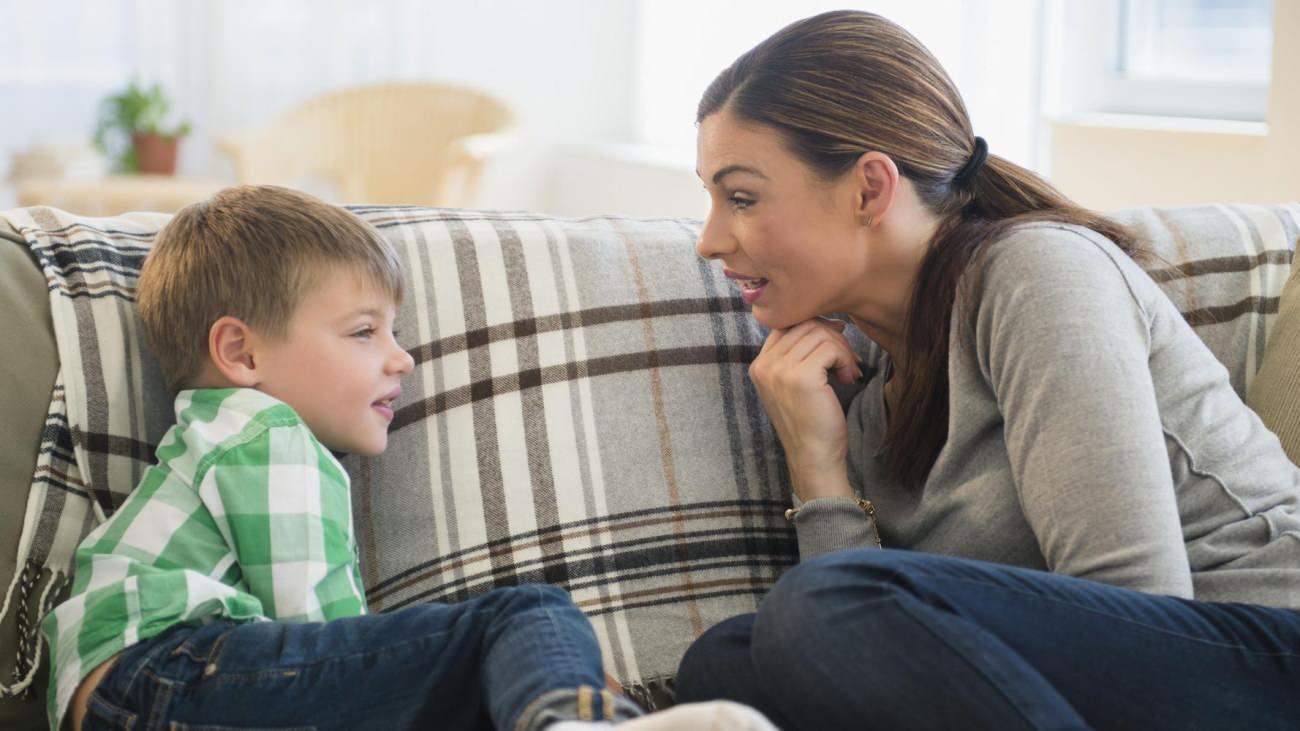
WHAT TO DO TO OVERCOME CHILDREN’S HORROR?
- It should be checked whether anxieties are normal in the developmental period.
- The events experienced by the child, where anxiety may arise, should be looked at.
- It should be observed when or in which situations the concerns increase.
- The child should be encouraged to express their fear and should not be judged. If he is afraid to talk about his anxiety, he should say “when you feel ready, I would love for you to share it with me and talk together”.
- Parental attitude should be reviewed, if it is a very conservative attitude, this should be regulated. The child’s exploration and contact with the outside world should not be prevented.
- Parents should be understanding of their children’s concerns and take their concerns seriously. Otherwise, it may shake your child’s trust in you and the child may feel that “my parents do not understand me, they do not care about my concerns”.
- Should explain situations where dread is a normal feeling, where everyone is afraid of certain things from time to time, and even surpasses their own childhood anxieties.
- Emphasis should be placed on all security elements that protect and watch over him. The “you are safe, no danger” statement should be communicated with the skin contact.
- You can make easy explanations, inform, read articles together, and make him listen to the experts, within the framework of logic, about the things he fears.
- Music, story and visual materials can be used while making explanations.
- It can be helpful for young children to use their imagination to reduce their anxieties about an imaginary patron superhero or an imaginary box in which they can enclose their horrors.
- Showing sufficient and genuine attention, affection and physical contact, and being a calm and positive model in worrisome situations help children cope with anxiety.

